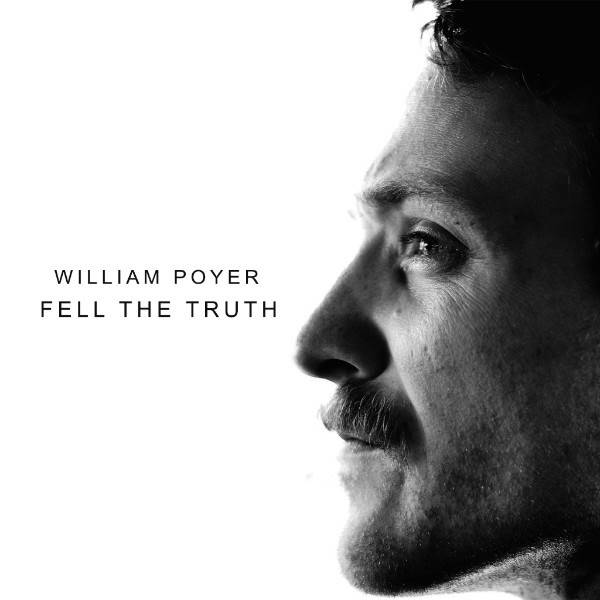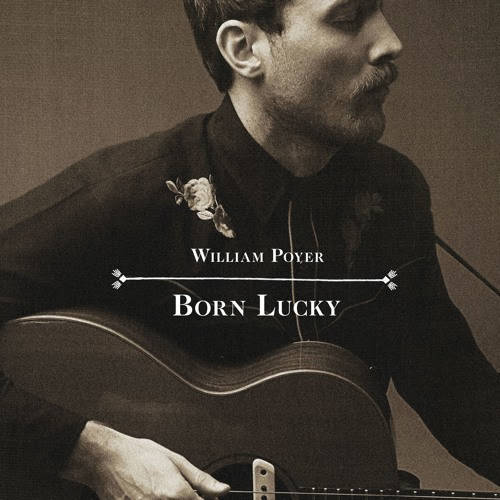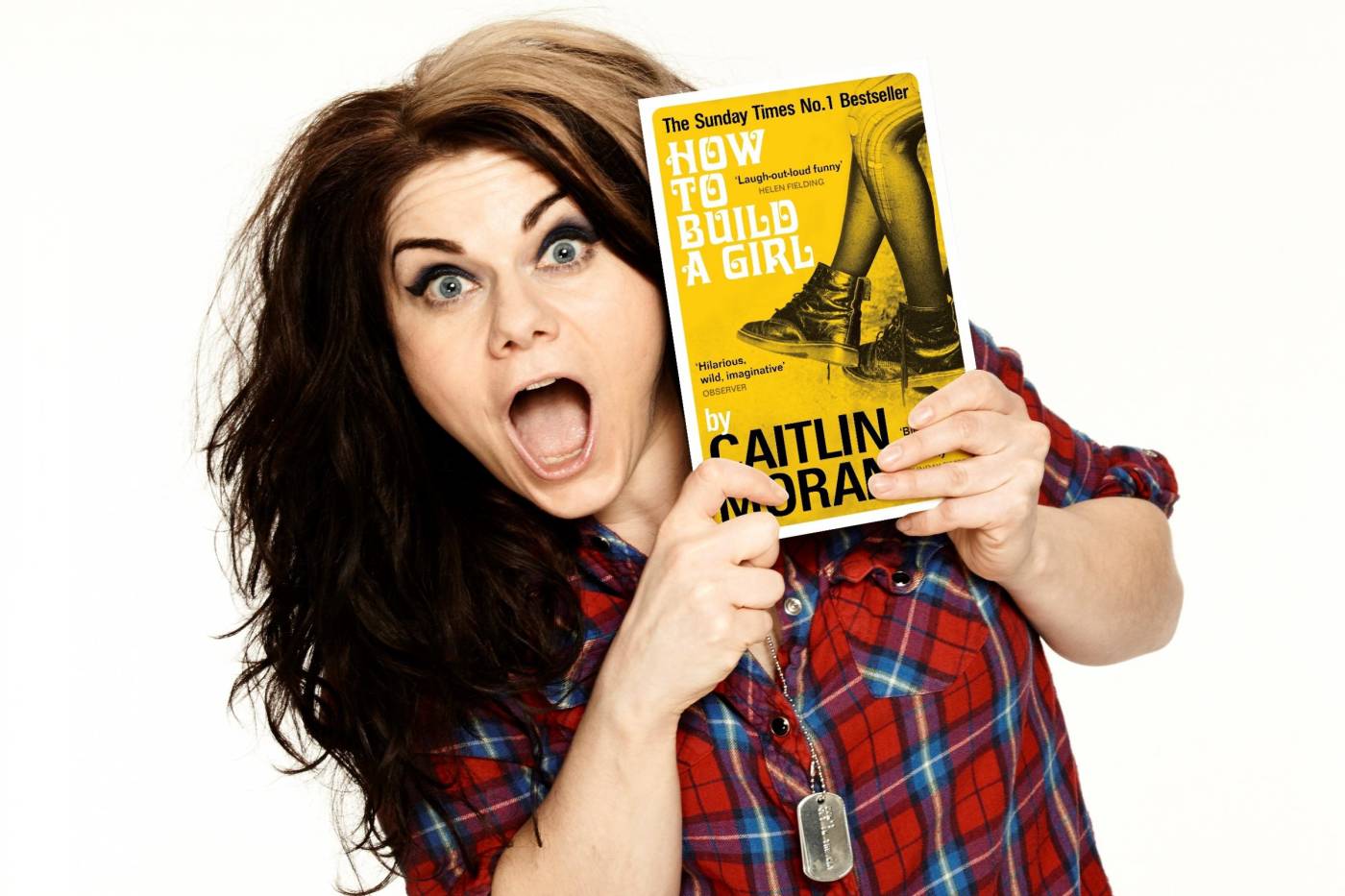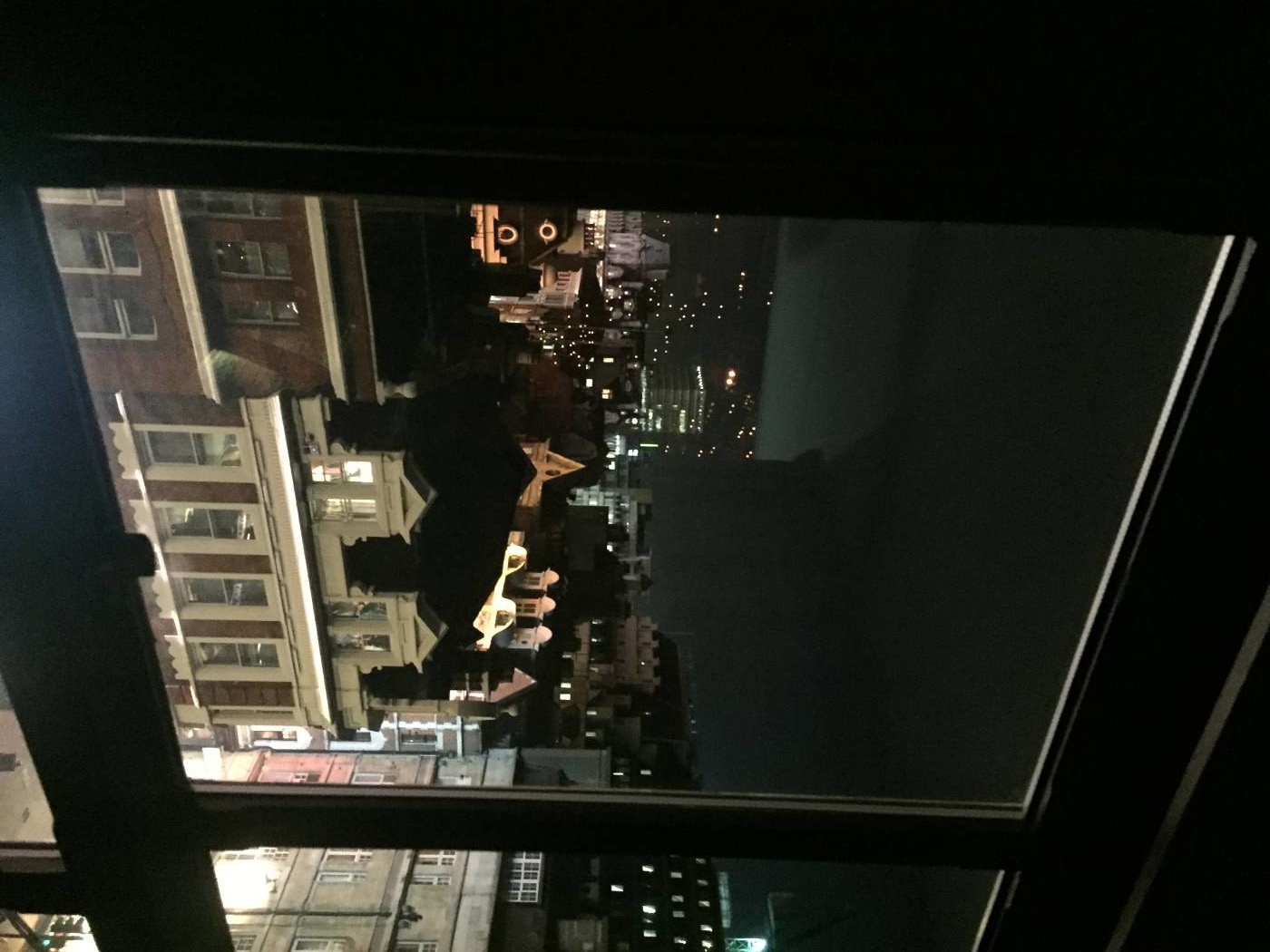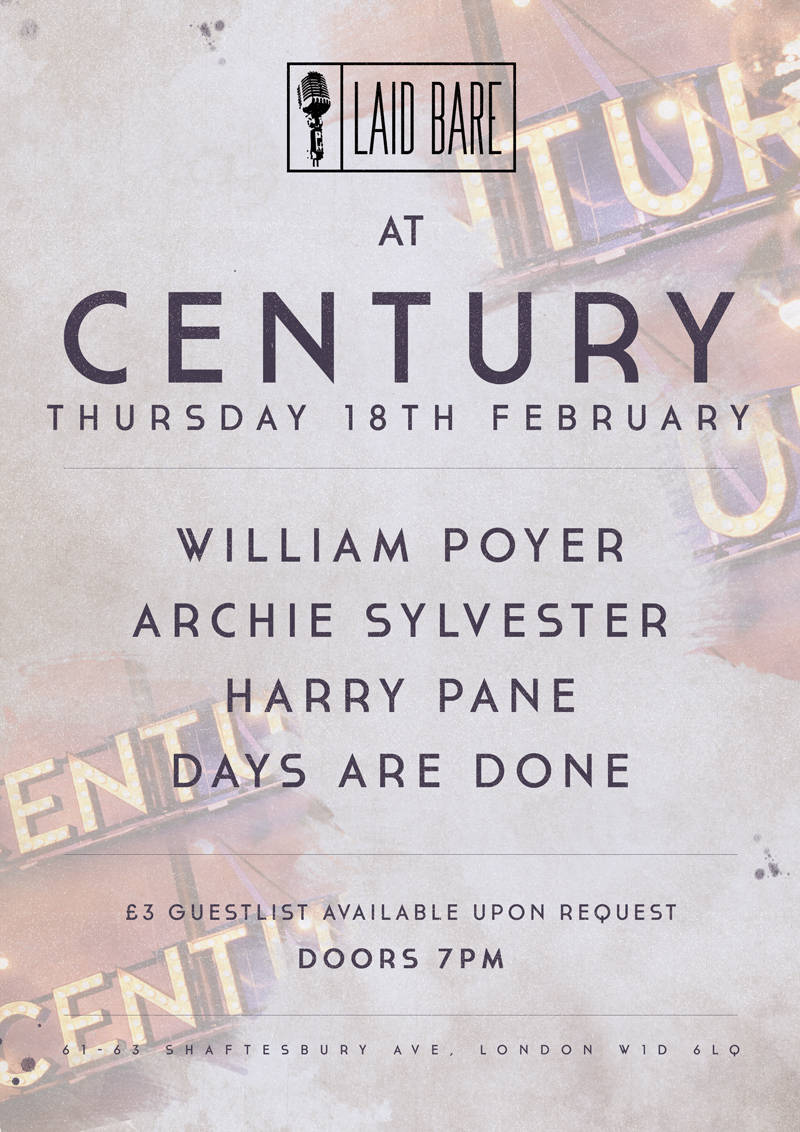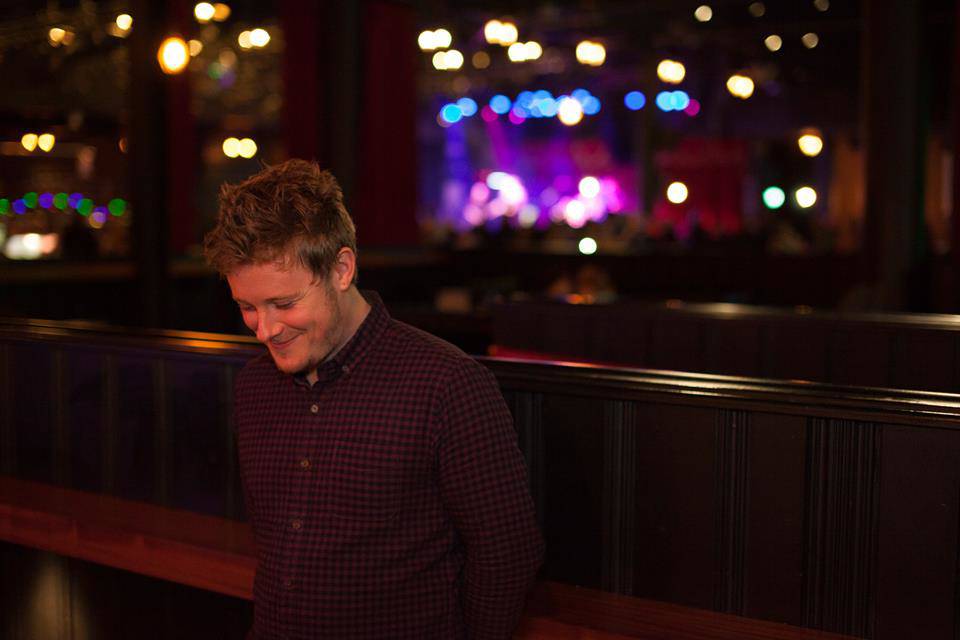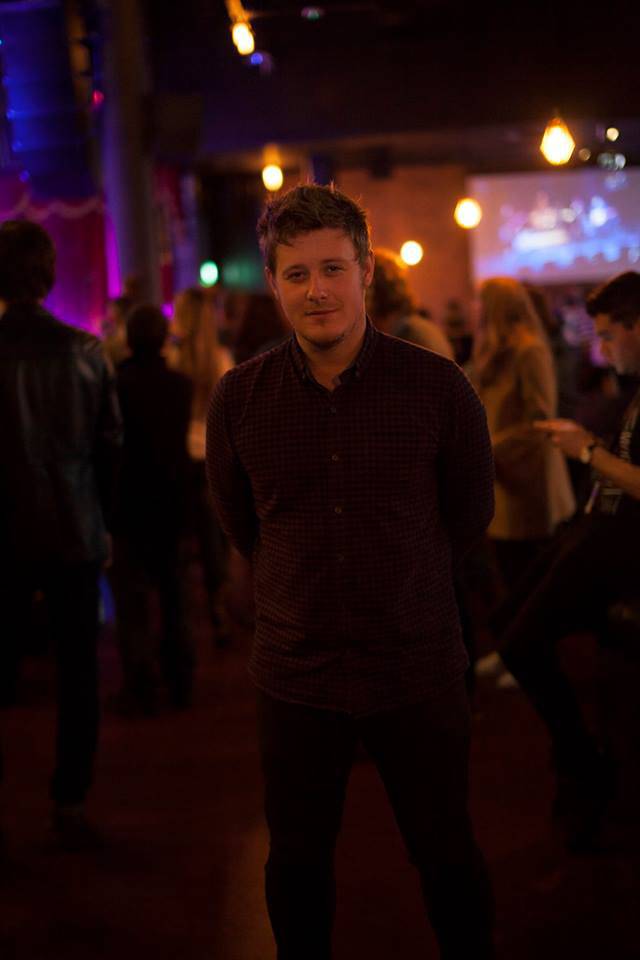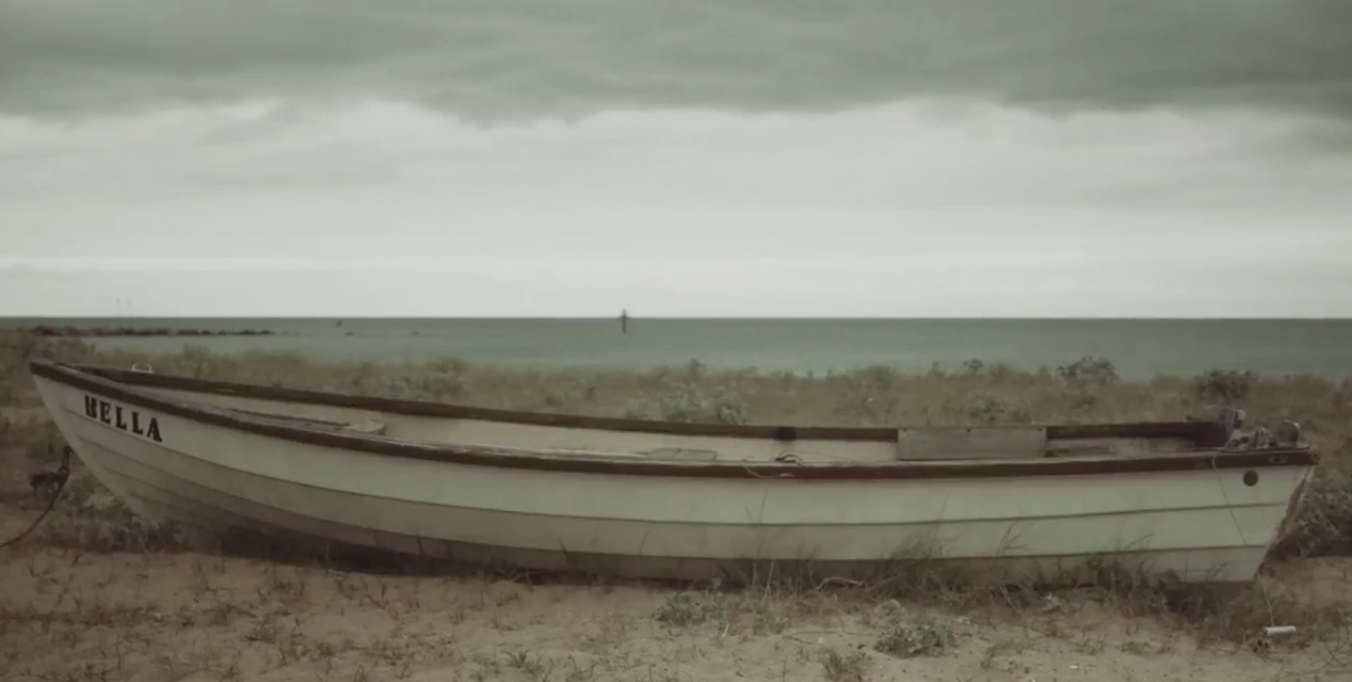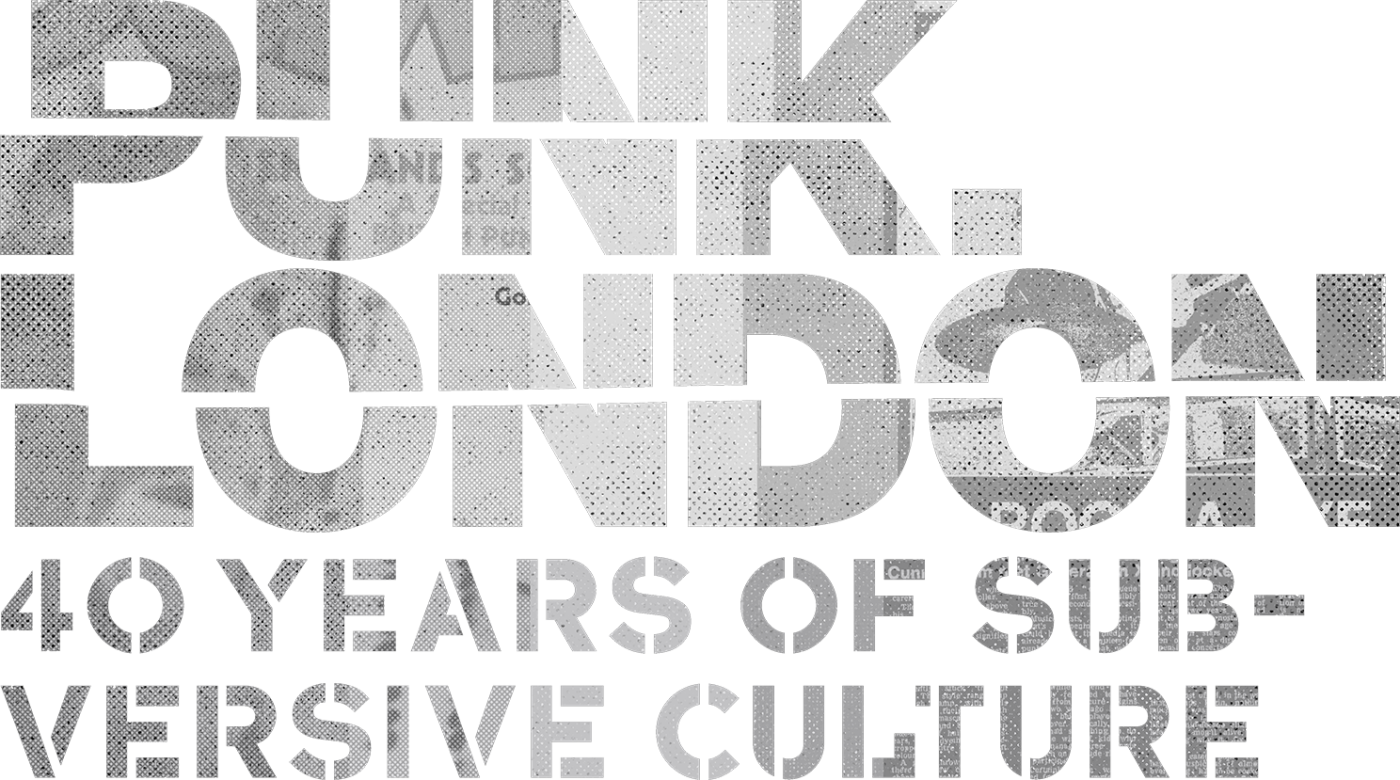
Punk.London has crashed noisily into London, bringing with it a year of events, gigs, films, talks, exhibits and more. All in celebration of 40 years of punk, the genre-busting cultural phenomenon that allowed a whole generation to speak up without submission.
The capital’s cultural organisations will tell the story of punk through art, design, film, fashion, literature, photography and, of course, music - fantastic.
Fittingly, it's not without controversy; Joe Corré, son of late Sex Pistols manager Malcolm McLaren and Designer and Businesswoman Dame Vivienne Westwood is planning to burn his collection of punk memorabilia, estimated to be worth around £5m, in protest that Punk.London has been backed by The Queen. “The Queen giving 2016, the year of punk, her official blessing is the most frightening thing I’ve ever heard. Talk about alternative and punk culture being appropriated by the mainstream". A true demonstration of anarchy or a bit of a spoilsport? You decide.
One of the many features that intrigues me the most is Don Letts Presents Punk on Film at the BFI on 1 August 2016. Director, DJ and musician Letts will host his curated season of exciting films that highlight the diversity of the punk movement, including the intersections between the Jamaican music scene and punk. Not to be missed.

Last summer I took a captivating trip on the London Eye to hear him open his mind (and heart) about the iconic Joe Strummer, co-f0under of The Clash, as part of the 32 Londoners series on assignment for RockShot Magazine.
It seemed a good time to revisit my exciting trip...

I’m ashamed to admit a mild fear of heights. On a supposedly ordinary Tuesday evening, as I gazed up at the gigantic Ferris wheel looming on London’s Southbank, all 135m of it framed by a glorious blue sky, I started to wonder if I had the stomach for it.
I needn’t have worried. Any acrophobic fears evaporated as I hopped on board The Eye just as the capsule doors closed and the sight of the indelible Don Letts came into view. It was clear this was no ordinary Tuesday evening.
I was embarking on a very special rotation for a preview of 32 Londoners, returning following last year’s sell out programme. The prestigious event features 32 talks held in each of the London Eye’s 32 capsules on 32 extraordinary Londoners. This year’s subject is Adopted Londoners, with expert speakers celebrating iconic figures, past and present, who were born outside of the city but came to be associated with it.
With its great history of cultural diversity, London has long been a beacon, attracting the great and the good to its streets. No more fitting a subject than the fascinating Joe Strummer of The Clash, punk rock’s most political vocal outfit, and whose story remains a permanent feature in London’s rich tapestry. Who better to captivate the audience with his story than British musician, DJ and film director Don Letts, born and bred in the city, and a strong influence on the band.
As we orbited, Letts opened his story with references to his Grammy Award winning film The Clash: Westway to the World and Julien Temple’s film Joe Strummer: The Future Is Unwritten. We were introduced to Strummer’s exotic childhood spent in several different countries thanks to his British Diplomat father, a strained relationship with his non-musical parents and feelings of abandonment.
We got a sense of what built Strummer’s character – exposure to multifarious cultures from a young age, the rebellious streak caused by a loss of faith in formal education and subsequent immersion into music and a ruthless desire for reinvention inspired by the sounds of rock and roll and American folk hero Woody Guthrie. Letts asked the captive audience to draw our own conclusions from life-changing events in the musician’s life; like the correlation between the suicide of his National Front supporting older brother and Strummer’s lifelong fight against racism.
London didn’t disappoint with its magnificent views (as standard) and neither did the orator as he gave us a musical history lesson, bringing the lecture to life with vivid imagery. Strummer listening to Big Youth’s Screaming Target (supposedly on acid one Christmas in Wales) and his first proper band the 101ers, so called after the address of the squat they were living in, 101 Walterton Road.
We went back to 1976; the 101ers playing at the Nashville Room, supported by an unknown new band, the Sex Pistols, where Strummer first caught the eye of Mick Jones and Paul Simonon. History in the making right there and then, as they realised Strummer had the makings of a dynamic frontman and was possibly their missing link. We learnt about Strummer’s radical and ruthless move to join The Clash, including cutting off friends, band members and girlfriends and undertaking a legendary 200 plus drummer auditions to find the vehicle that would make him famous.
With an obvious interest in style (his London clothing store Acme Attractions enticed the likes of the Clash, Sex Pistols and Chrissie Hynde in the mid-1970s), Letts remarked how Simonon was responsible for the most part with the look of the Clash which, to his mind, was inseparable from their sound in a very English way; ‘they looked like they sounded, they sounded like they looked and with Mick Jones, Joe had found his McCartney, his Richards’.
Letts had an articulate and thespian delivery; it was impossible not to be enthused as he referred to The Clash as ‘four sticks of dynamite. They looked good, oozed attitude, sounded f*cking awesome and importantly their songs were about stuff’. With songs like White Riot and London’s Burning, their music seemed like the soundtrack for the climate of the times; ‘music of the people, by the people, for the people’.
There was a noticeable twinkle in his eye as he talked about songs that dealt with politics, social injustice, cultural apathy. As The Eye sliced through the London skyline, Letts took us through important milestones in the Clash’s rich history; signing for CBS in January 1977 which the punk rock purists thought signified the death of punk, the eponymous debut studio album for the label which included a cover of Junior Murvin’s Police & Thieves) and the influence behind one of their most enduring songs (White Man) in Hammersmith Palais; written by Strummer after Letts took him to the infamous venue.

He reminisced about their third album London Calling with lyrics he described as having a ‘musical reportage quality about it’ and their fourth triple album, Sandinista!, which they promoted in 1981 with a historic and exhausting 17-night back to back stint at Bond International Casino in New York. They were supported by Grandmaster Flash and the Furious Five, who the audience welcomed with boos, but Strummer and the band were quick to run out and defend theirs guests. They were way ahead of their game before the explosion of hip hop and rap a few years later.
By 1982, America was under their spell with the release of the last proper Clash album, Combat Rock but when Letts talked about cracks showing in the band’s exterior – drug habits, a relentless work rate, Strummer going into hiding and the eventual disbanding in 1986, he drew from his own personal experiences and appeared genuinely sombre. We heard about the formation of the Mescaleros in the 1990s and releasing Rock Art and the X-Ray Style and Global a Go-Go, and Strummer finding his mojo again by the end of the 20th century; something, Letts noted, he didn’t think he’d ever really seen.
Inevitably, the magic had to end. Strummer’s last stage performance in 2002 was a benefit for the striking fireman, at the Acton Town Hall in London, the show that would also see him play with Mick Jones for the first time in almost 20 years. Sadly, Strummer passed away a few months later with an undiagnosed heart defect at the age of 50. At his funeral, attended by two dozen firemen in full uniform who he had played for earlier that month, a stetson sat on top of the coffin adorned with the words Question Authority. Ask me Anything.
The event was undeniably informative, but it was the way Letts peppered the talk with anecdotes and personal memories delivered with a smile in that rich, distinctive London accent (like when Strummer ran off with his girlfriend) that made it so endearing. He gave us a unique insight into the real Joe; someone who spent all night after gigs talking to anybody that wanted to speak to him with a ‘never ending source of relentless energy that was absolutely infectious’. An interest in what punk rock could be, as opposed to what it was. Someone who was far from perfect but that was OK to Letts; that meant keeping Strummer’s memory alive in a practical and very real way – something to aspire to.
Most powerfully for me was how Letts presented Strummer’s legacy as a constant inspiration. ‘Because he believed in music as a tool for social change, not just a soundtrack to passive consumerism. Because he was living proof that music didn’t just reflect change, it could affect change too’. The audience enthralled, he asked us, to consider ‘…in this cultural climate that feels like punk rock that didn’t happen where are the Joe Strummer’s of today?’
As our very special rotation drew to a close and we touched back down again in 2015, Letts ended his speech with a simple denouement, gazing out at the city surrounding us in all its glory. ‘Strummer, The Don salutes you’.
As do we, Don Letts, as do we. Thanks for the memories.
This feature first appeared on RockShot here.



